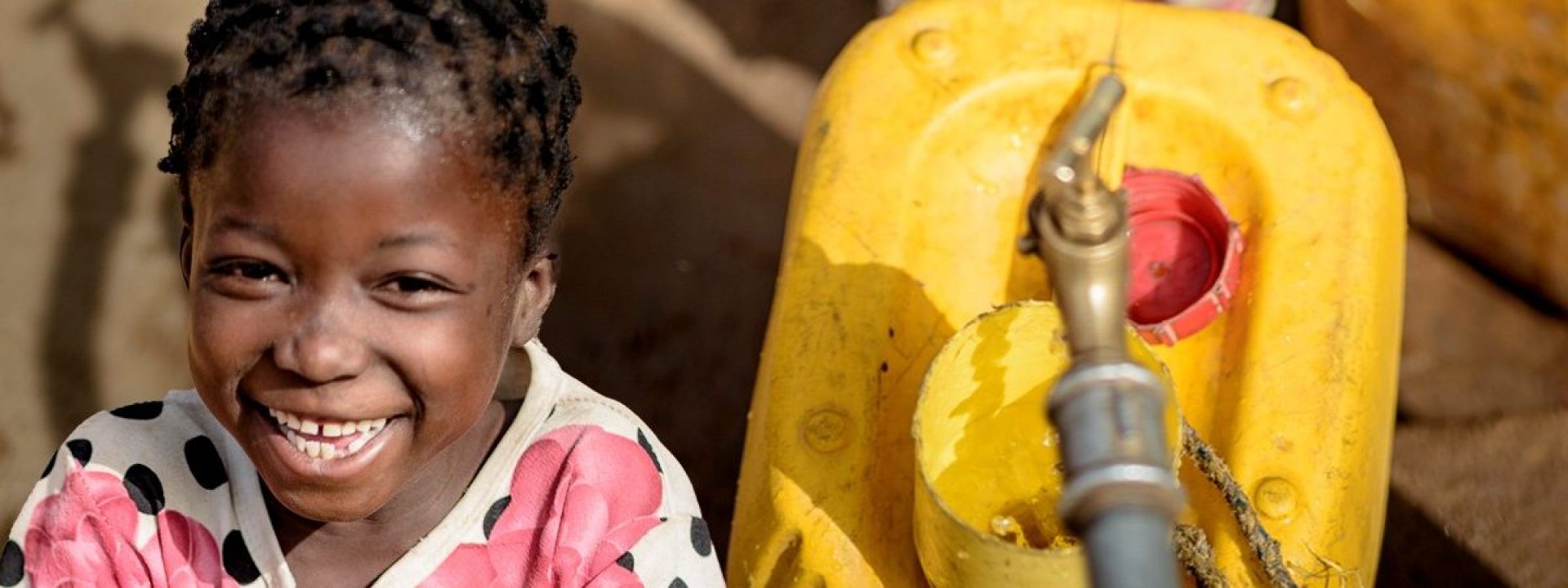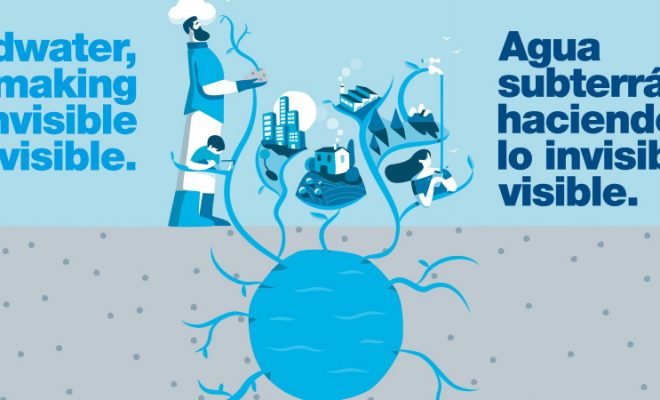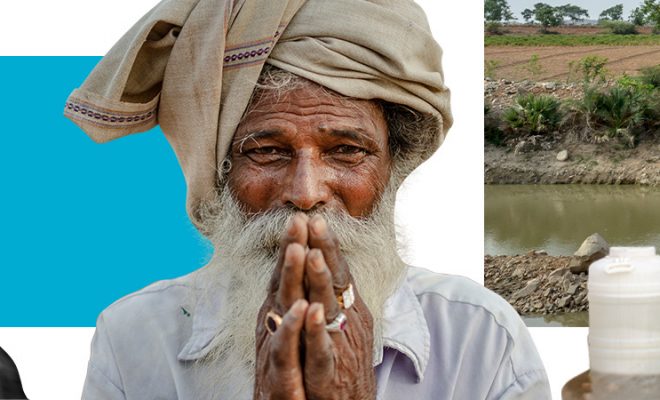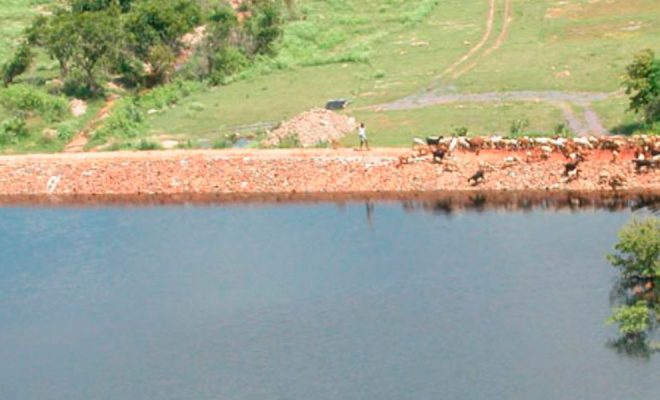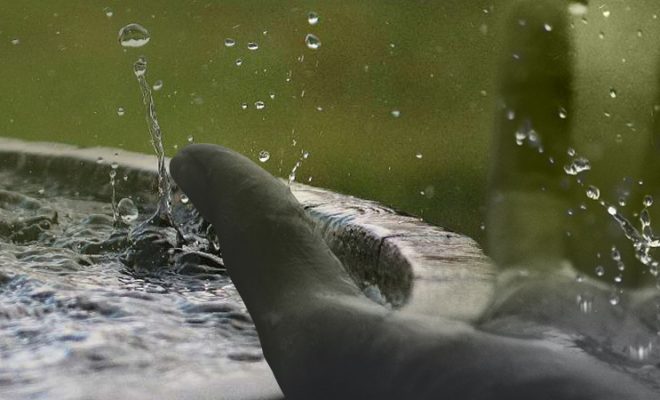
The journey of water through the soil towards the aquifers is a largely invisible process, except when we see the rain disappear as the ground absorbs it. From that point on, the groundwater phase of the hydrological cycle begins, which is less well known but plays a critical role in ensuring our future water security. Groundwater is a general term that includes underground water and aquifers; it is essential to understand them to manage them effectively.
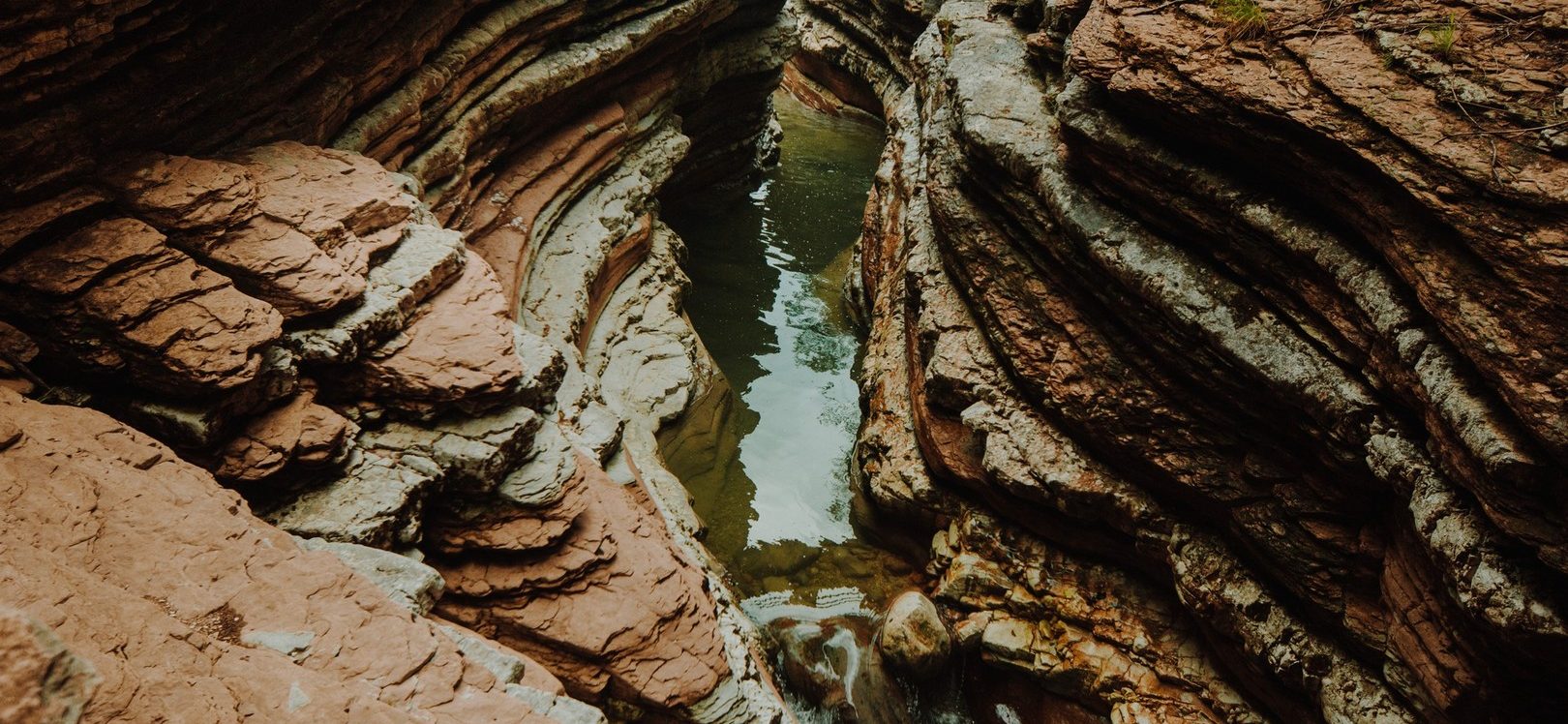
Water science is essential for understanding and managing groundwater resources © Freepik
The water table depends directly on rainfall
The first layer of soil, the unsaturated layer, contains air and water between its pores. Deeper down, we find the water table with the saturated soil, the one with all its spaces and pores filled with water. When we dig a well deep enough to reach the water table, the water accumulates at the bottom, and we can extract it.
Such wells have been vital for survival for millennia, especially in arid and semi-arid environments. The traditional extraction system, based on a waterwheel to lower and raise a bucket using a hand crank or pulling directly on a rope, is still used in deprived areas of the world to access water.
On the other hand, aquifers are distinct geological formations that are usually deeper than the water table. They are filled with water through a process known as recharge: rain infiltration or flows from rivers or streams.
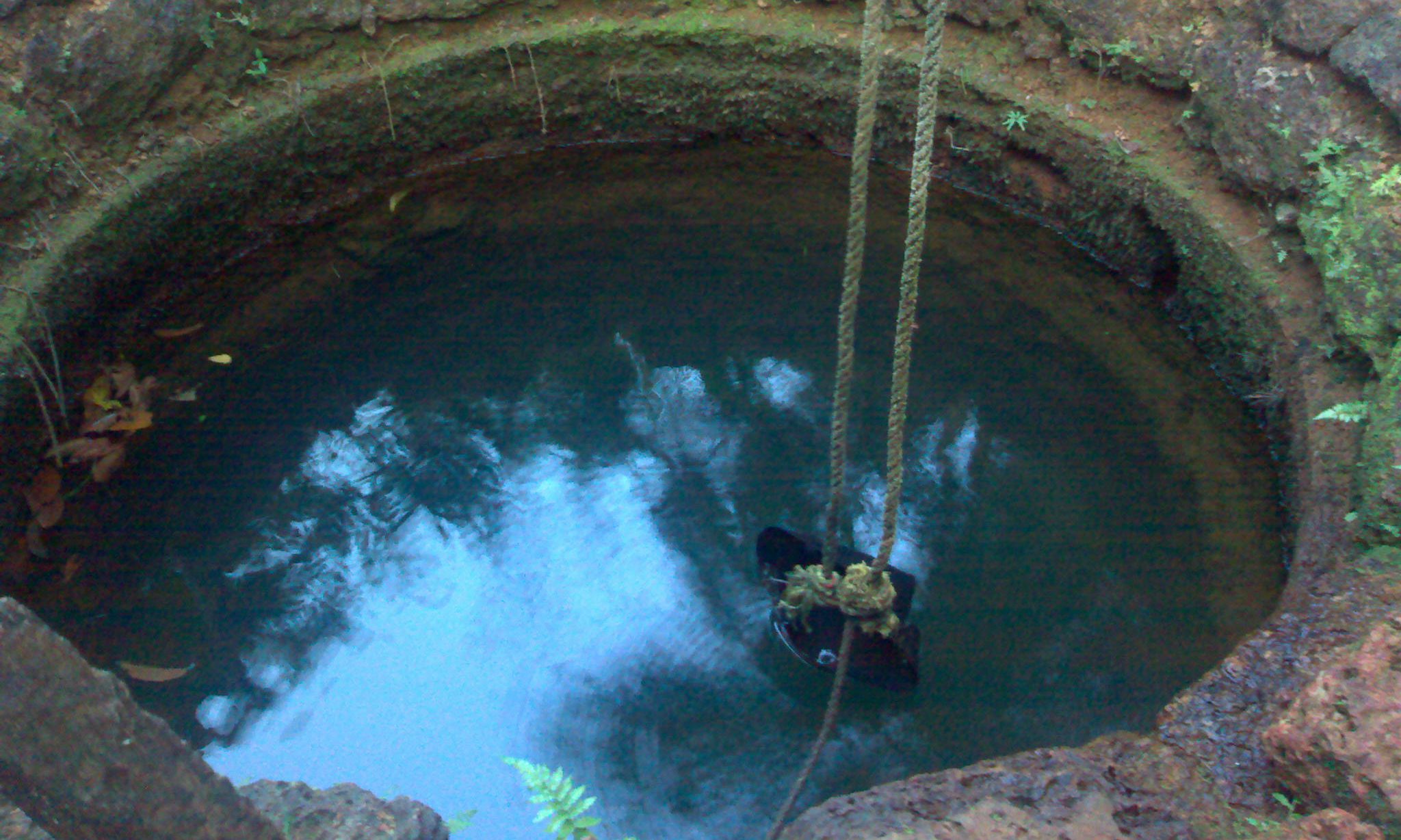
Such wells have been vital for survival for millennia, especially in arid and semi-arid environments.
Water in the water table depends directly on rainfall and heat. In times of drought, the water table drops, and in hot periods evapotranspiration dries out the soil and vegetation. When water is withdrawn from a well, the water table will fall in the adjacent area but gradually replenish as natural recharge, which depends on rainfall, continues. Although also dependent on rainfall, aquifers tend to have a more stable water flow and greater storage capacity than the water table.
In many cases, the water in aquifers is not renewable on a human time scale. Many aquifers, especially those in drier lands, have water that has taken millennia to store. In these cases, extraction, which usually requires specialized pumping facilities, can easily exceed recharge, and the aquifer is in danger of drying up. If this happens, geological degradation may prevent its regeneration, even if artificial recharge systems are implemented. According to the World Bank, one out of every five aquifers in the world is at risk of this type of depletion. For the same reason, contamination of aquifer water sometimes leads to situations in which it is challenging to recover it for environmental health and human consumption.
The treasure of a spring
Water from the water table lacks the necessary pressure to flow outward naturally. Water from springs or natural sources generally comes from aquifers with enough force to generate, for example, artesian wells (in which the water emerges spontaneously to the surface) or to make its way through geological cracks or faults in the rock layers, giving rise to the typical springs. This water that flows freely without the need for extraction is usually drinkable since the natural process of filtration in the soil has freed it from microorganisms.
Springs have enabled the development of many communities, shaped civilizations throughout history, and still provide safe access to water for millions of people today. Their degradation, caused by human activities —mainly industrialized agriculture and livestock farming and mining— threatens many indigenous communities worldwide.
Knowledge for management
Hydrological knowledge allows communities to assert their rights against governments and extractive economic interests and creates a culture of water care. It is the best guarantee of survival for those who depend on their small family farms and have seen their wells and springs dry up. In the Alwar district of Rajasthan (India), droughts have proliferated in many villages surrounded by urban sprawl, and the growth of marble mines that indiscriminately use lake beds and intensive irrigation has led to groundwater shortages. In the early 1990s, the water table was at nine meters, but it has decreased, reaching 180 meters in some places.
There we have started a project to help villagers who are unaware of rainwater harvesting and groundwater recharge techniques. In addition to cleaning and deepening wells and repairing the dams of small ponds, we teach the community how to build recharge wells and plan to build new water bodies with self-management groups. Villagers learn to dig ditches and embankments around the ponds to prevent soil erosion and nutrient loss during water inflow and plant trees to protect soil moisture and provide consistency.
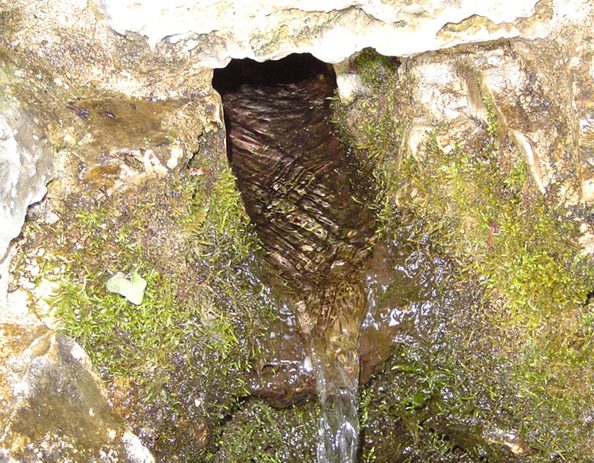
Springs have enabled the development of many communities, shaped civilizations throughout history, and still provide safe access to water for millions of people today. © Nacentemackinac
We have started another project in the villages of Nandyal, in Andhra Pradesh where, due to consecutive droughts, the water table in the wells has been dropping, forcing locals to drill to a depth of 90 to 100 meters. Our intervention is based on a topographic survey and a technical study to restore an abandoned stream by building two check dams. Also there, understanding the subsoil’s water cycle is a fundamental tool for the community to take ownership of the project and make it sustainable.
Similarly, this philosophy of knowledge-based aid governs the project we have initiated in a Tanzanian village, with the digging of a well and the installation of a distribution system to localized sources. Working with the villagers in conducting a hydrological study to identify the water table develops knowledge that empowers the community and facilitates ownership of the project. We have also seen this in helping the Chenchu people drill their wells and the four dams built in Andhra Pradesh and Telangana.
In all projects, understanding water science enables the community to take care of it and make effective decisions. It is the best guarantee for sustainability and a human right that cannot be postponed and is essential for achieving SDG 6.


